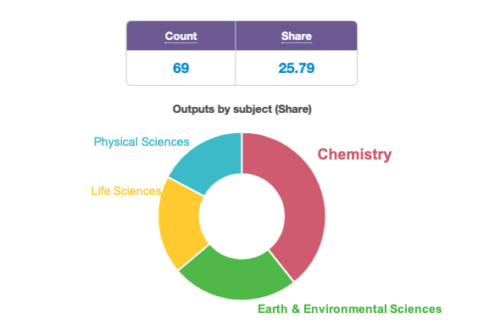Proclamation Suspending Entry of Immigrants Who Present Risk to the U.S. Labor Market During the Economic Recovery Following the COVID-19 Outbreak
On Wednesday, April 22, President Trump signed a proclamation suspending entry into the United States of certain immigrants who present risk to the U.S. labor market during the economic recovery following the COVID-19 outbreak. The proclamation is effective at 11:59 p.m. EDT on Thursday, April 23 and expires in 60 days, unless continued by the President.
U.S. citizens, lawful permanent residents, and those holding valid immigrant visas on the effective date of the Proclamation, are not subject to the proclamation. The Proclamation is not retroactive. No valid visas will be revoked under this Proclamation. The proclamation provides exceptions to its restrictions for certain categories of immigrants, including: certain healthcare professionals, aliens seeking to enter the United States pursuant to an EB-5 investor visa, spouses and children (categories IR2, CR2, IR3, IH3, IR4, IH4) of U.S. citizens, members of the United States Armed Forces and any spouse and children of a member of the United States Armed Forces, and aliens seeking to enter the United States pursuant to an Afghan and Iraqi Special Immigrant Visa. Please refer to the proclamation for a full list of exceptions. Routine visas services have been suspended at U.S. posts worldwide, but as resources allow, embassies and consulates will continue to provide emergency and mission critical visa services for applicants who are not subject to this presidential proclamation.
The full text of the presidential proclamation is available on the White House website at: https://www.whitehouse.gov/presidential-actions/proclamation-suspending-entry-immigrants-present-risk-u-s-labor-market-economic-recovery-following-covid-19-outbreak/

 To limit the spread of the virus in our department and in line with the current recommendation from the CDC (
To limit the spread of the virus in our department and in line with the current recommendation from the CDC (






